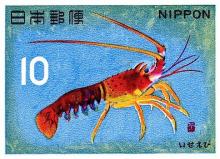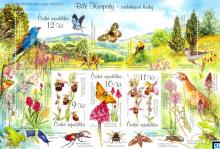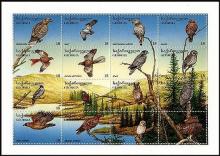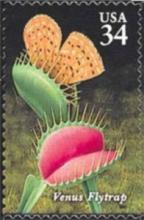Time-Dependent Toxicity of Neonicotinoids Imply Current Risk Assessments are Useless
Drs Henk Tennekes and Francisco Sanchez Bayo published this key study back in 2011 but it is vital that anyone involved in the bee deaths and neonics issue understands the KEY finding of this study. Since 1945, all pesticides were subjected to the LD50 Risk Assessment, by which scientists gradually increased the test dose fed to bees, until 50% of the bees died within 48 hours. Alternatively, they reduced the amount fed to bees until 50% survived after 48 hours. This established the LD50 dose (Lethal death 50%).










